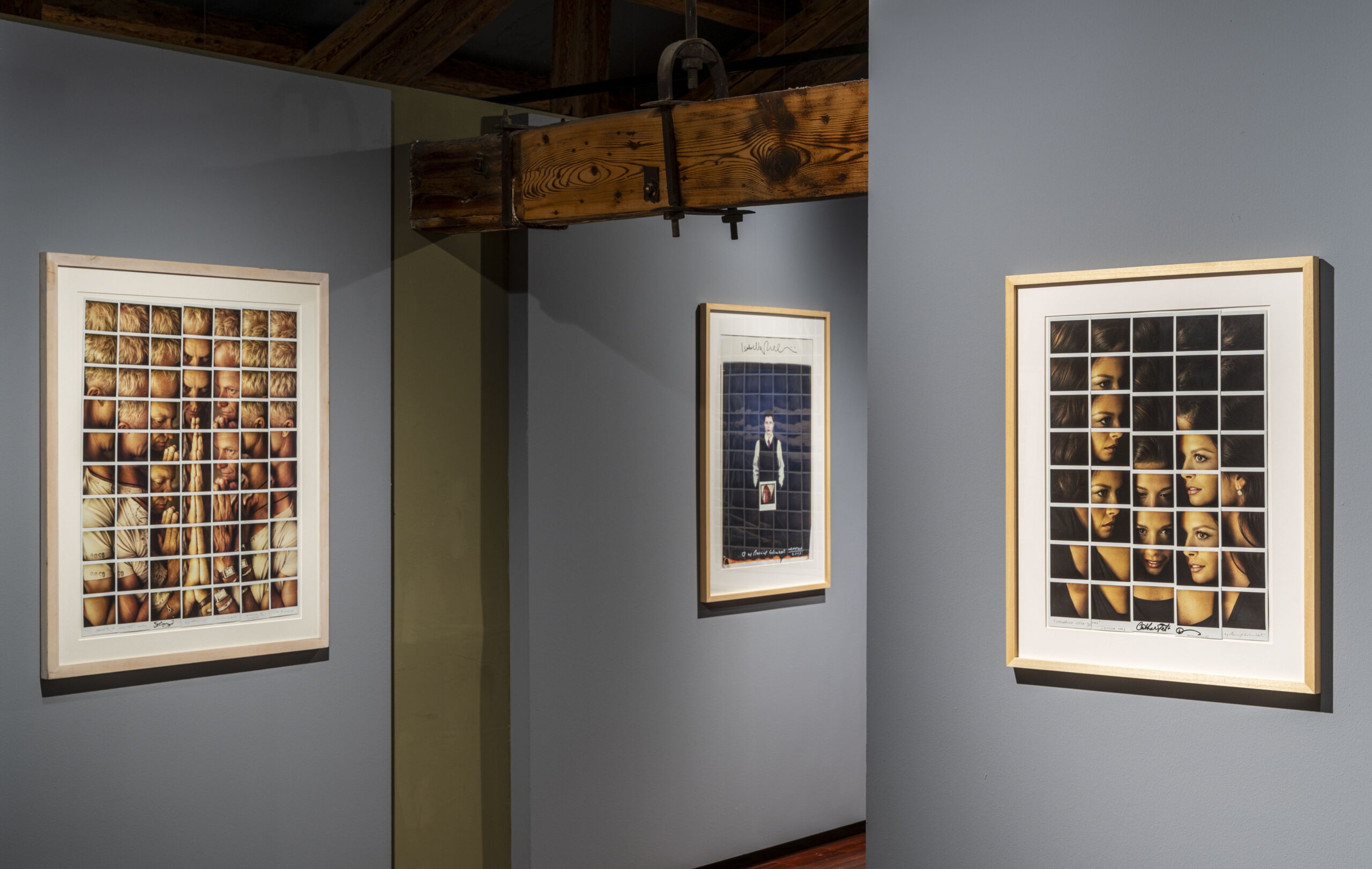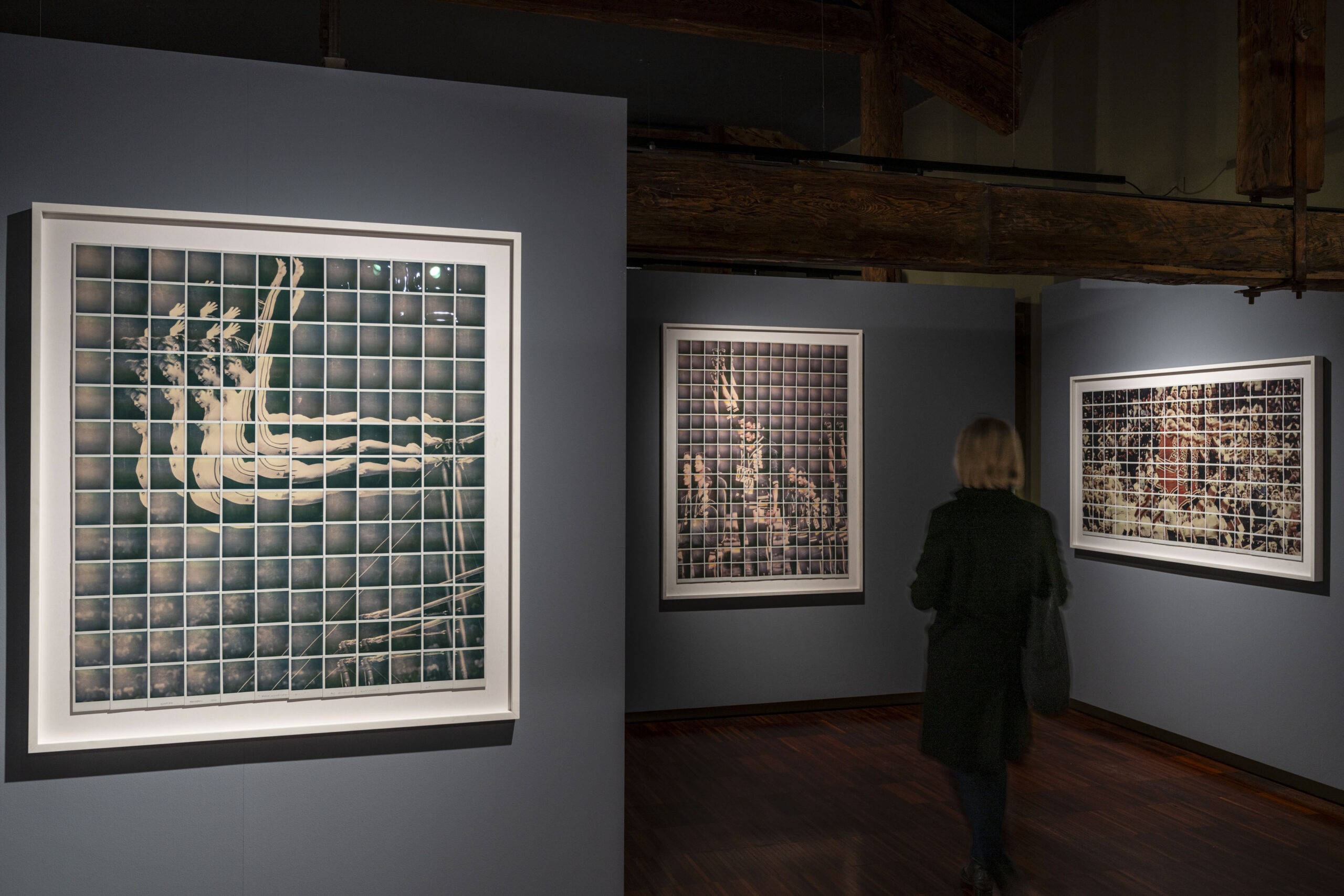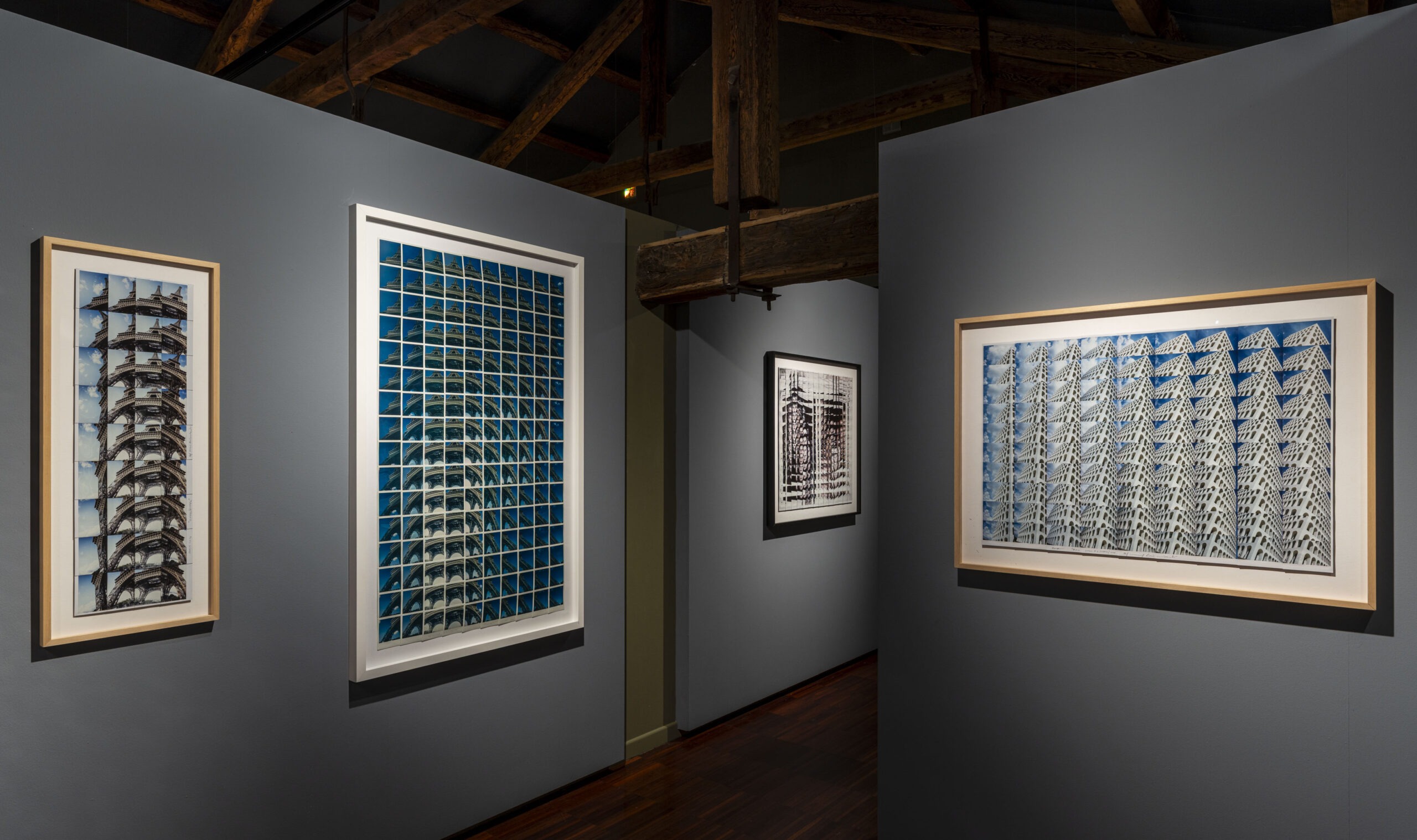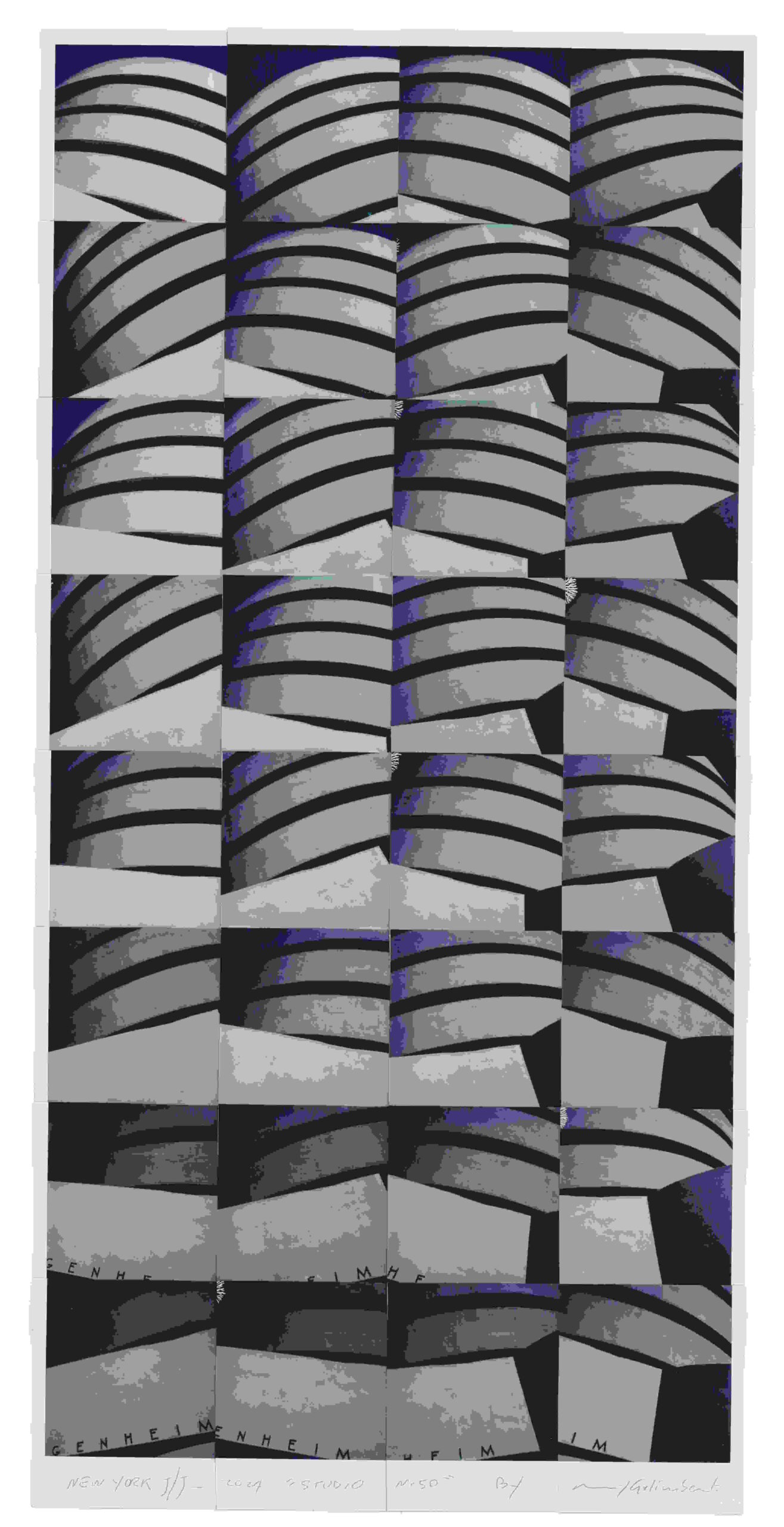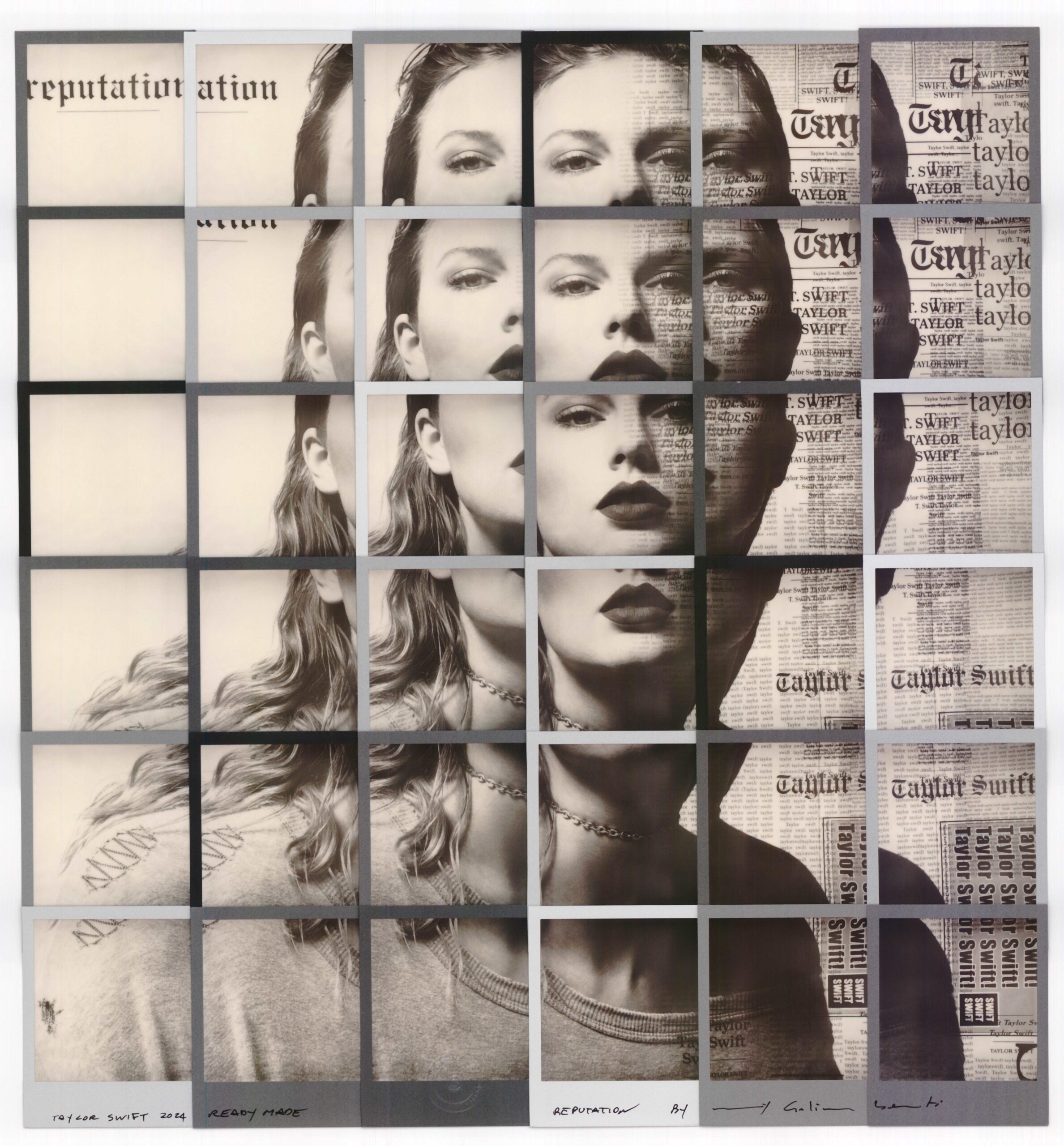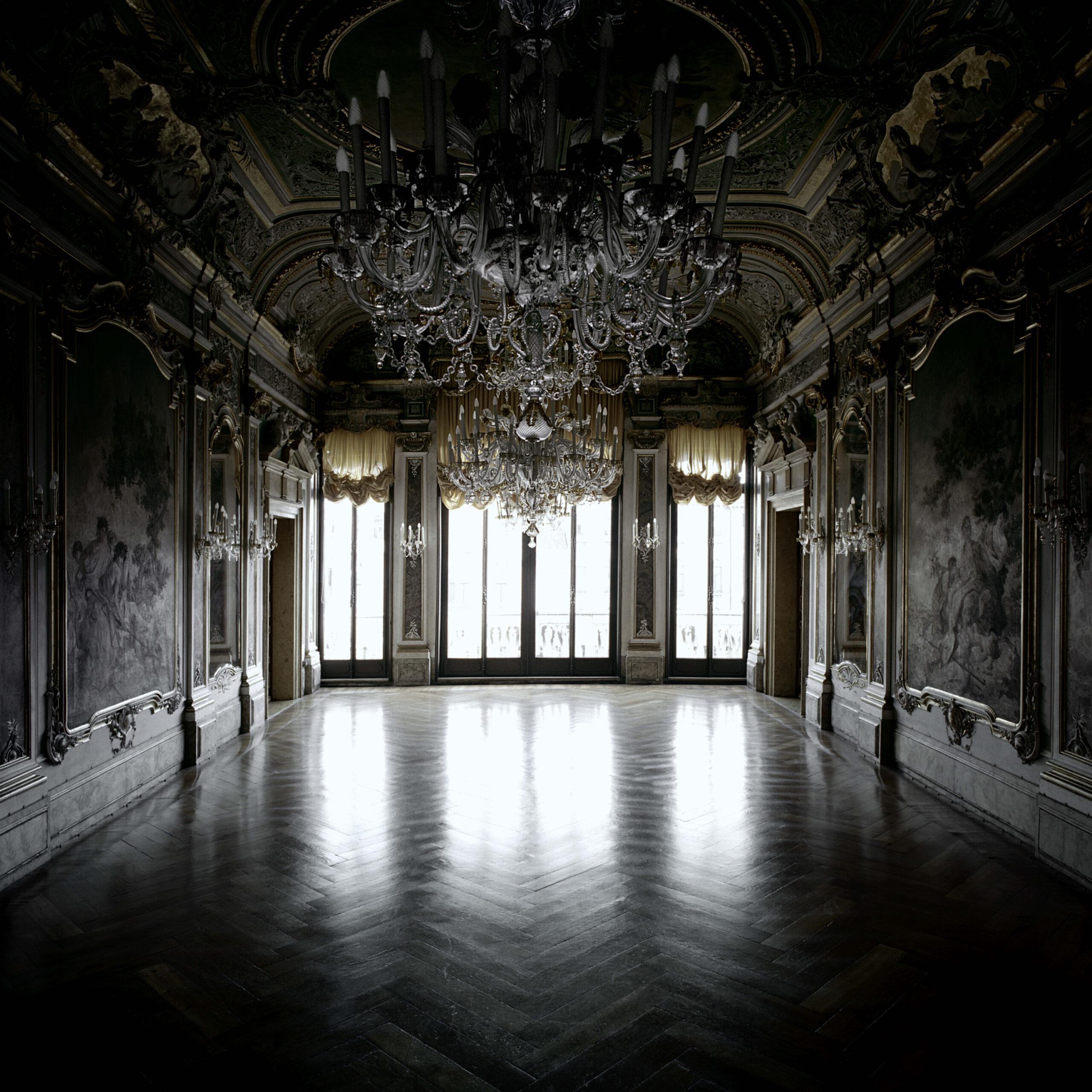On display at the Stanze della Fotografia in Venice until 10 August 2025, the works by Maurizio Galimberti speak of our time but also of a practice that combines technique and personal experience. We talked about it with the author
The exhibition curated by Denis Curti and staged on the first floor of the Stanze della Fotografia in Venice is entitled Maurizio Galimberti tra Polaroid/Ready Made e le Lezioni Americane di Italo Calvino. Born in 1956, Galimberti found in Polaroid, and in the aesthetics of mosaics, the key to a practice that is rooted in the history of photography, painting, cinema, and yet doesn’t preclude new possibilities. Here is what he told us.
Let’s start with the title of your exhibition at the Stanze della Fotografia in Venice, can you explain it a bit more?
When I use Polaroid film, my design concept mirrors some of Italo Calvino’s reflections in Six Memos for the Next Millennium [Ed. note: the title in Italian translates as “American Lessons”]. The idea of recycling images that already exist can be found in works like the one on Taylor Swift, where the images are all so-called readymades, building on the lessons of Duchamp and Man Ray. By delving into the history of photography, painting, cinema, I have created a strong cultural base that permeates my vision: I don’t only look with my eyes, but with the eyes of those who came before me – painters, photographers, directors, sculptors. The intentions are the same, only the means of expression changes. An approach to design that is heavily steeped in culture, in knowledge, is the basis for my imaginings. I have a hunger to take images of others and bring them into my vision.
Speaking of your reference points, apart from Duchamp, you have often cited the Bauhaus and Boccioni too.
In my work I dismantle and reconstruct the image, imbuing it with strong movement that recalls Futurism and the approach of Boccioni, who said that he would impress objects with dynamic lines, an extension of the rhythms of the objects themselves. The famous movement of Duchamp’s Nude Descending a Staircase is also fundamental. On display in Venice, there are some mosaics in which I have cut out the white parts. As the years have passed and I have grown tired of a style that leads back to Cubism, I cut out the white to arrive at a form of photopainting. By cutting out the internal parts, I try to make the subject more dynamic. Lately the grid format almost bothers me. I have moved beyond it.
That’s right, in the past you said that since childhood you have been “seeing in mosaic”.
Yes, there were the grilles of the orphanage and, when I was adopted, there were the grilles of the construction sites that I frequented with my dad. Then, in my home there was another grid, that of the mosaic of Saint George killing the dragon. The liberation came in recent years and I am happy about it, because it makes my photography unique. Cutting out the white parts accentuates even more the Boccionian and Duchampian Futurist movement of my work.
Intervention (often manual) in your works has an important meaning. How did you develop that kind of practice?
Manipulation is a practice that I use less now, because the chemical procedure has changed – film used to be developed with caustic soda, with acids, now it is developed with water. In my most important projects – New York, Venice in 2007, in my Polaroids from the 1990s ‒ there is a lot of manipulation, which reflects the desire to get inside the image, to remove it from the dimension of photography that comes from it being a snapshot and immerse it in a kind of photography that is charged with your tension, your rhythms, your vision, your desire to stratify the photography into painting. Rendering the layers of the photograph as if they were layers of colour, of matter. When you have a small print, an 8×8 cm Polaroid, for example, manipulation has a certain weight. When you scan that image and enlarge it, the manipulation, from being whispered, becomes a scream, because the mark expands and everything gains force. Therein lies the beauty of manipulation.
You have said that photography requires solitude.
Solitude allows you to reflect. Concentration emerges in silence, but above all, the moments of silence that precede photography create the solitude that allows you to understand how you feel that day. You look for the answers to your condition in solitude and, because of it, your eyes and your hands will produce images that can be different in response to how you feel in that moment. In solitude you look inside yourself, reflect, and from those reflections comes the cut of your next image, the flavour it will have.
What do you think could be the role of photography today, if one exists, both for those who do it and for those who admire it?
Doing photography gives a very important role to the eyes. The eyes of a photographer have the task of looking a lot and never closing. For the viewer, photography can be a chronicle charged with pain, a joy, a curiosity towards the vision of the person who created it. Photography attracts the viewer, the photographer asks a question but should never give the answer. Photography has a social role. The power of an image comes from photographers and artists who present work that is not closed, but welcoming, democratic, which everyone can interpret in their own way. Photography works based on the caresses that the author gives to the image itself.
Interview by Arianna Testino
BIO
Maurizio Galimberti was born in Como in 1956. In 1983 he began to use the Polaroid camera almost exclusively, appreciating it for the immediacy of its results and the possibility of “manipulation”. With it he creates photographic mosaics, the artistic form for which he is best known.
INFO
Maurizio Galimberti tra Polaroid/Ready Made e le Lezioni americane di Italo Calvino
until 10 August 2025
LE STANZE DELLA FOTOGRAFIA
Isola di San Giorgio Maggiore, Venice
https://www.lestanzedellafotografia.it


Captions:
Maurizio Galimberti tra Polaroid/Ready Made e le Lezioni Americane di Italo Calvino, installation view, Le Stanze della Fotografia, Venice 2025. Photo Matteo De Fina
New York Studio n. 10, Polaroid plate, 2024, 31×66 cm. By Maurizio Galimberti/Angelos Dimitriou
Taylor Swift (1), Polaroid plate, 2024, 50×54 cm. By Maurizio Galimberti/Luchi Collection
Related Articles




